Child sexual abuse (CSA) is when a child or young person is forced or persuaded into sexual activity. Child sexual exploitation (CSE) is a common form of child sexual abuse in which someone takes advantage of a power imbalance to force or entice a child or young person into engaging in sexual activity, in exchange for something. Children and young people are often hesitant to come forward and disclose sexual abuse so it’s vital that parents and other people in their life, such as teachers or their doctor are aware of the potential signs.
What is child sexual abuse?
Child sexual abuse is when a child or young person is forced or persuaded into sexual activity. It can involve physical contact and may include non-contact activities, such as involving children in looking at or making indecent images, watching sexual activities, using sexual language towards a child, or encouraging children to behave in sexually inappropriate ways. Even if the child or young person appears or is alleged to have consented to the act, it’s still abuse. A child or young person cannot consent to their own abuse.
How does child sexual abuse start?
Sadly, many children and young people who've been sexually abused were abused by someone they know, such as member of their family or extended family, a friend or neighbour, or someone who is part of their day-to-day life, such as a sports coach or someone at school. However, they could also be abused by a person who commits a one-off sexually abusive act or a stranger who builds a relationship with them.
Abusers may use a variety of tactics to sexually abuse children or young people. Some abusers may try to gain a child or young person’s trust. Other abusers will use threats or coercion. They may try and silence the child or ensure that if they tell, they’re not believed, or even try to normalise the abuse.
Children and young people are often hesitant to come forward and disclose sexual abuse so it’s vital that parents and other people in their life, such as teachers or their doctor are aware of the potential signs.
What is child sexual exploitation?
Child sexual exploitation (CSE) is a common form of child sexual abuse in which a person or persons of any age take advantage of a power imbalance to force or entice a child or young person into engaging in sexual activity, in exchange for something. It involves a child or young person being manipulated, forced, pressurised or coerced into taking part in a sexual act in exchange for something. This exchange might be for tangible rewards such as money, gifts, drugs or alcohol, or may simply be for affection or protection.
As with other forms of child sexual abuse, claiming the child consented in no way excuses or mitigates the abusive nature of the act. No matter what a child has received from those that abuse them, they cannot consent to their own abuse.
How does child sexual exploitation start?
In some cases abuse will begin as part of a seemingly healthy relationship, whether online or offline. The child or young person may see the abuser as a friend, sometimes as their boyfriend or girlfriend, or someone they’ve met online.
At first, the abuser may go out of their way to gain trust and make the child or young person feel liked and wanted – this is known as ‘grooming’. Sometimes they treat their victim as an adult. They may offer affection and attention, taking them out, buying them alcohol, drugs or food, or giving them money, gifts or somewhere to stay.
Over time though, the abuser may become controlling towards their victim. They might try to come between them and their family and friends, and make them do what they want them to do instead. They may even become threatening or violent to get their way.
Without the victim realising how it has happened, they may find themselves being forced or pressurised into doing things they don’t want to do. This could be sending naked photos or videos of themselves or live streaming to someone online or by smartphone. Or it could be kissing, touching or having sex with one or more people.
Who is at risk of child sexual abuse and exploitation?
Sadly, any child or young person can be at risk. Girl or boy. Child or teenager. Gay or straight. Someone who’s happy at home or someone who’s experiencing difficulties. Children and young people of any age, gender, sexual orientation, background or race, with or without disabilities, are at risk of child sexual exploitation.
Equally, abuse can be committed by people of any age, background, gender, sexual orientation or race. This makes it very hard to spot.
Often, the abuser will hold power over the young person – by being older, physically stronger, more popular or having more money. Sometimes they’re a similar age as their victim but in some cases they can be younger. They may even go to the same school, live in the same area or have a family connection.
How does this happen?
Young people can be sexually exploited in all kinds of different ways. These can include:
Boyfriend, girlfriend or best friend
The abuser, usually older, encourages a close relationship with the child or young person, whether as a friend or as their boyfriend or girlfriend. At first, the child or young person feels good about the relationship with the abuser giving them affection, attention, alcohol, drugs, money, gifts or simply treating them like an adult.
In time however, things change. The abuser may become increasingly aggressive or violent and might tell the young person that in order to repay them or prove that they care they need to have sex or carry out other sexual acts. This might be with the abuser themselves or the abuser’s friends.
Online
Online, abusers can pretend to be someone else of a different age or gender, but may also be themselves. They’ll use websites, chat forums, gaming platforms and social media to go about gaining the victim’s trust, often encouraging the victim by offering compliments or a gift (including digital currency in games) in return.
They might go on to suggest meeting up, with the intention of abusing the child or young person. Or they may try to talk them into sending sexual photographs, taking part in sexual activities via their phone, tablet or a webcam, or having sexual conversations by text.
Chance meeting
Child sexual abuse and exploitation can also happen quickly without any relationship or grooming. The abuser may simply see a child or young person hanging out in their local area or out late at night at a place for over 18s only and spot a potential victim. Abusers may target children and young people in spaces with little or no adult supervision.
Children and young people who are visibly vulnerable may be more likely to be targeted, for example those who go missing, are out late at night or go to adult environments. Abusers may offer them a lift, money, cigarettes, alcohol, drugs, even a place to stay in exchange for sexual activity.
Organised networks
Abusers can act on their own or as part of a group, approaching the young person in person or online. They are often clever in how they go about gaining their victim’s trust, with the result that any young person can be easily taken in by their lies. Some organised networks of abusers work together to share photos and videos of children and young people, although this is still relatively rare. Other networks push them into having sex with adults by inviting them to parties and encouraging them to bring their friends along too.
Once there, victims will be invited into a culture where drink, drugs and sex with strangers is both the norm and expected, putting them under pressure to go along with things.
What’s the difference between child sexual abuse and harmful sexual behaviour?
When we talk about harmful sexual behaviour in children and young people we’re specifically talking about behaviour that is inappropriate for those under 18. This means sexual behaviours that are harmful to themselves or to others.
Harmful sexual behaviour can range in seriousness from young people just not being aware of what is appropriate and what isn’t, to more extreme cases involving serious abuse. This is why it’s referred to as ‘harmful sexual behaviour’ rather than child sexual abuse, which is when an adult abuses a child or young person.
Our page on harmful sexual behaviour has more information.
 Activities & Play
Activities & Play Behaviour
Behaviour Childcare
Childcare Development & Growing Up
Development & Growing Up Family, Friends & Relationships
Family, Friends & Relationships Feeding Your Baby
Feeding Your Baby Food & Eating
Food & Eating Health & Safety
Health & Safety Mental Health & Wellbeing
Mental Health & Wellbeing Money & Work
Money & Work Online Behaviour & Safety
Online Behaviour & Safety Pregnancy & First Days
Pregnancy & First Days School & Education
School & Education Sleep
Sleep

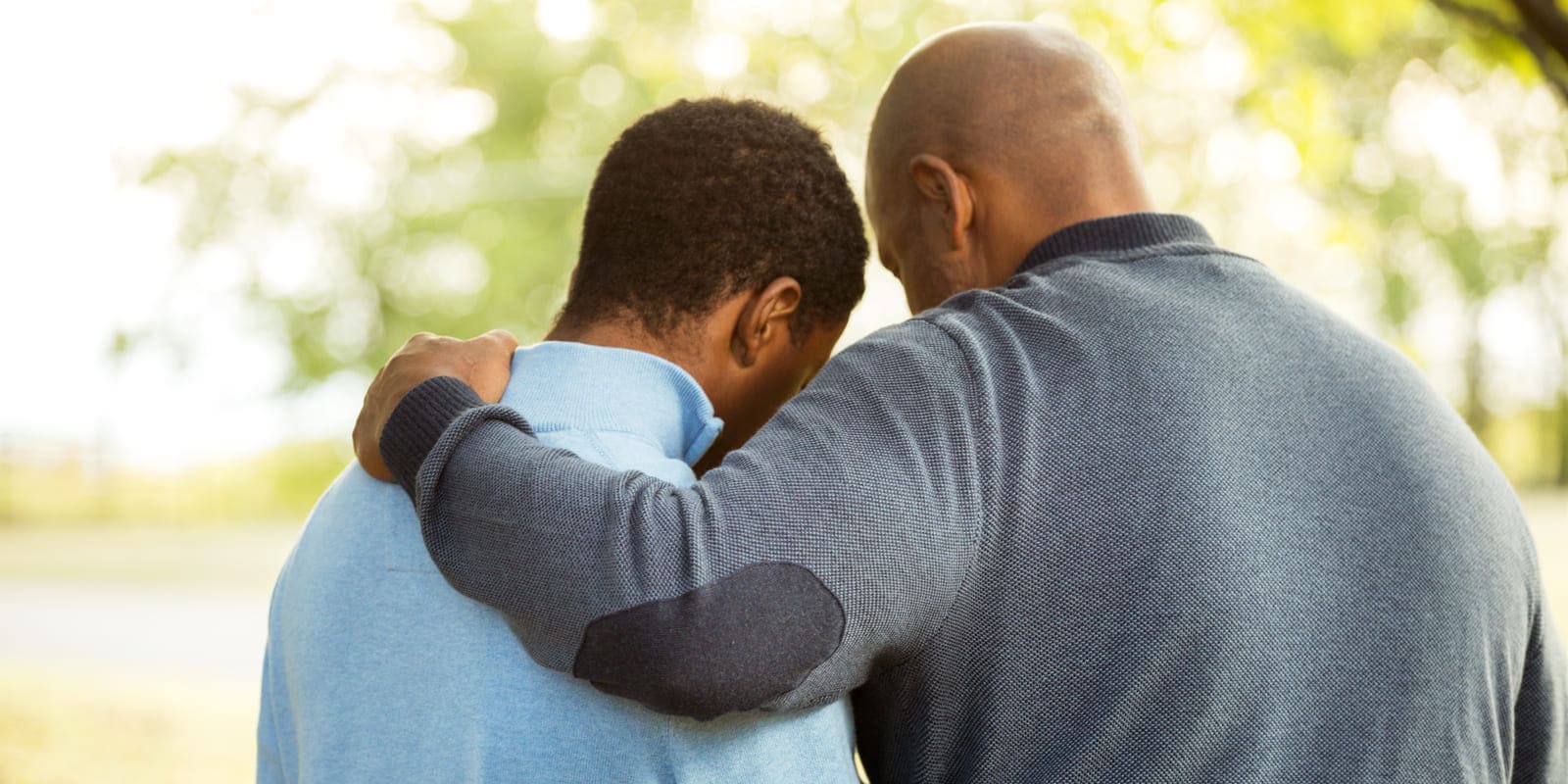
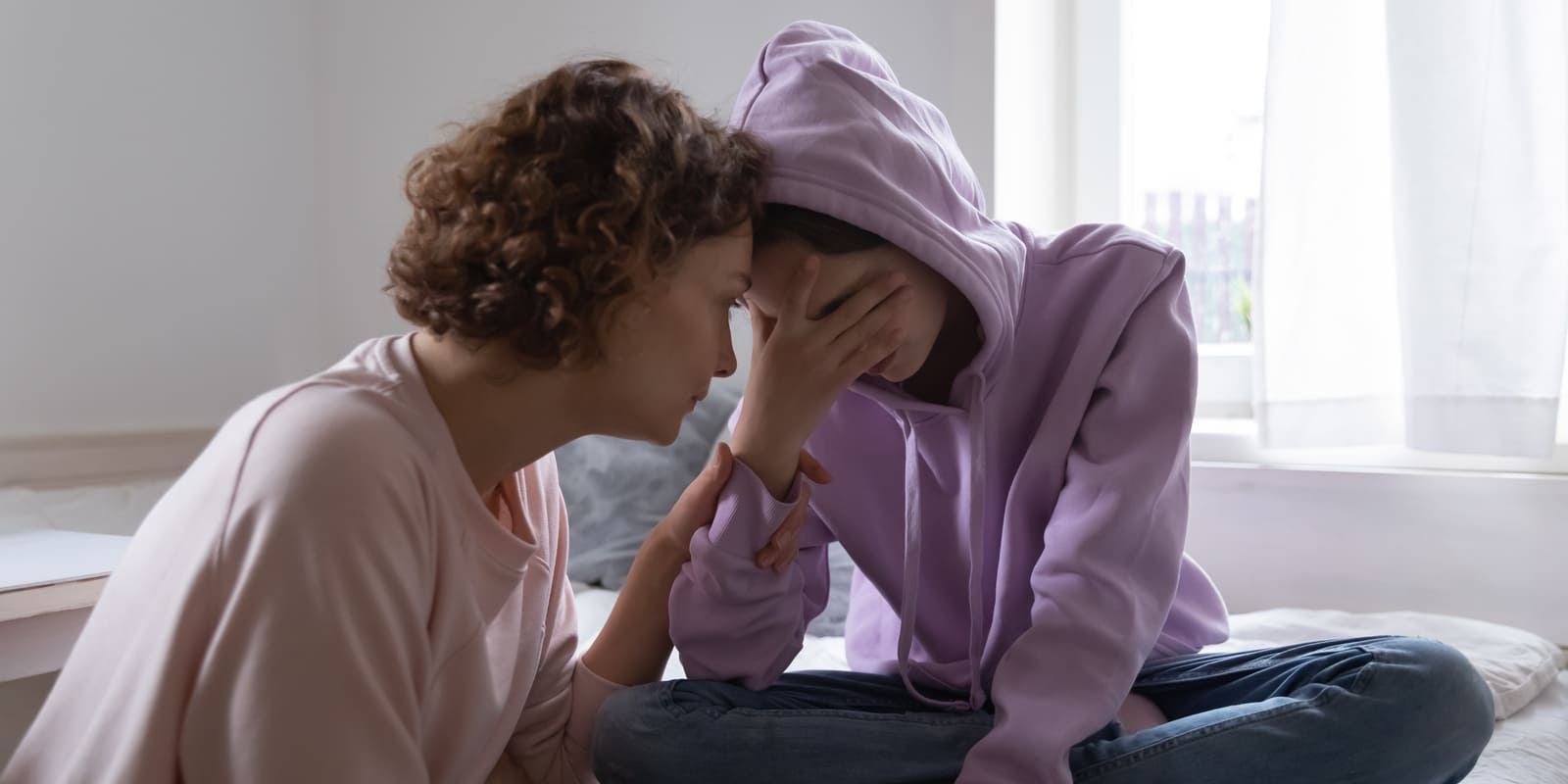
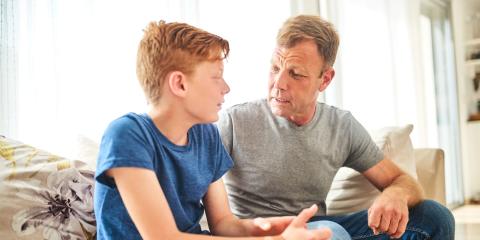

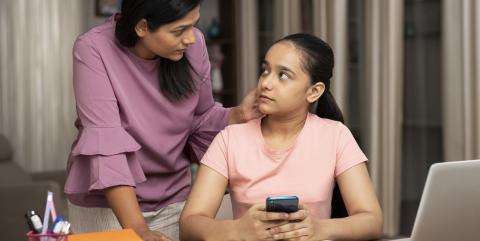
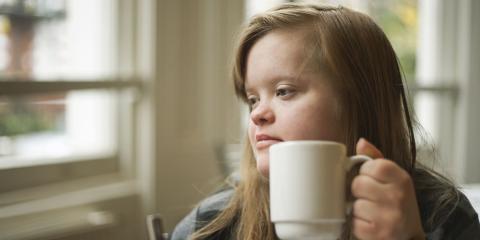


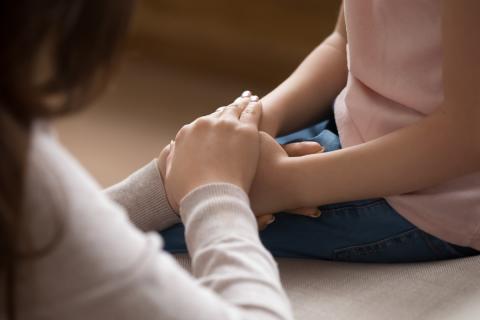
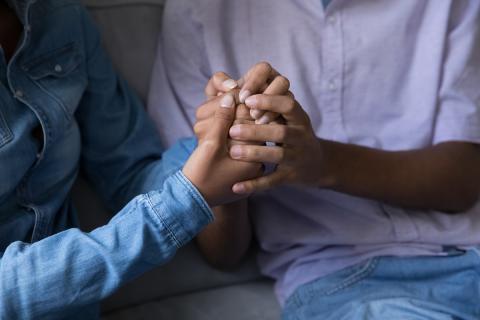
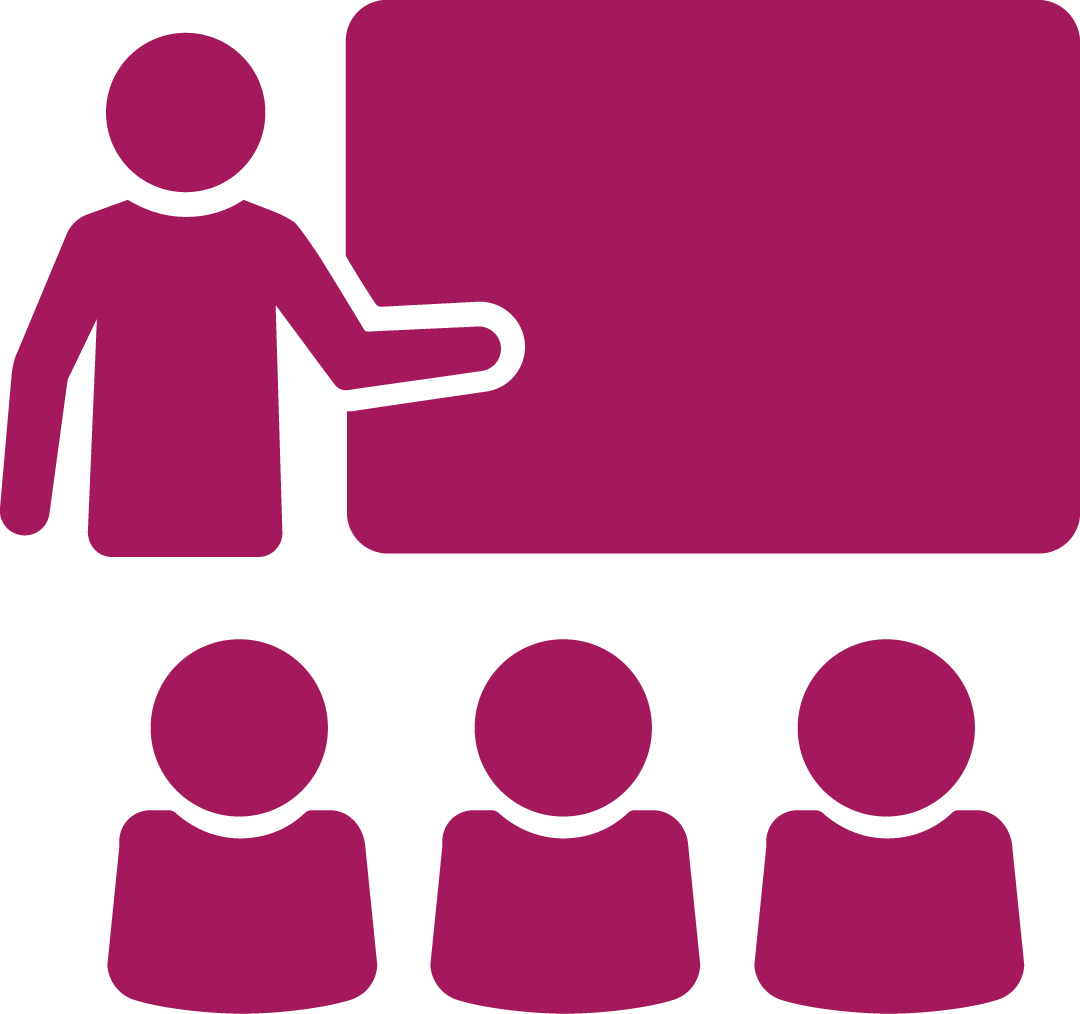 School & Education
School & Education
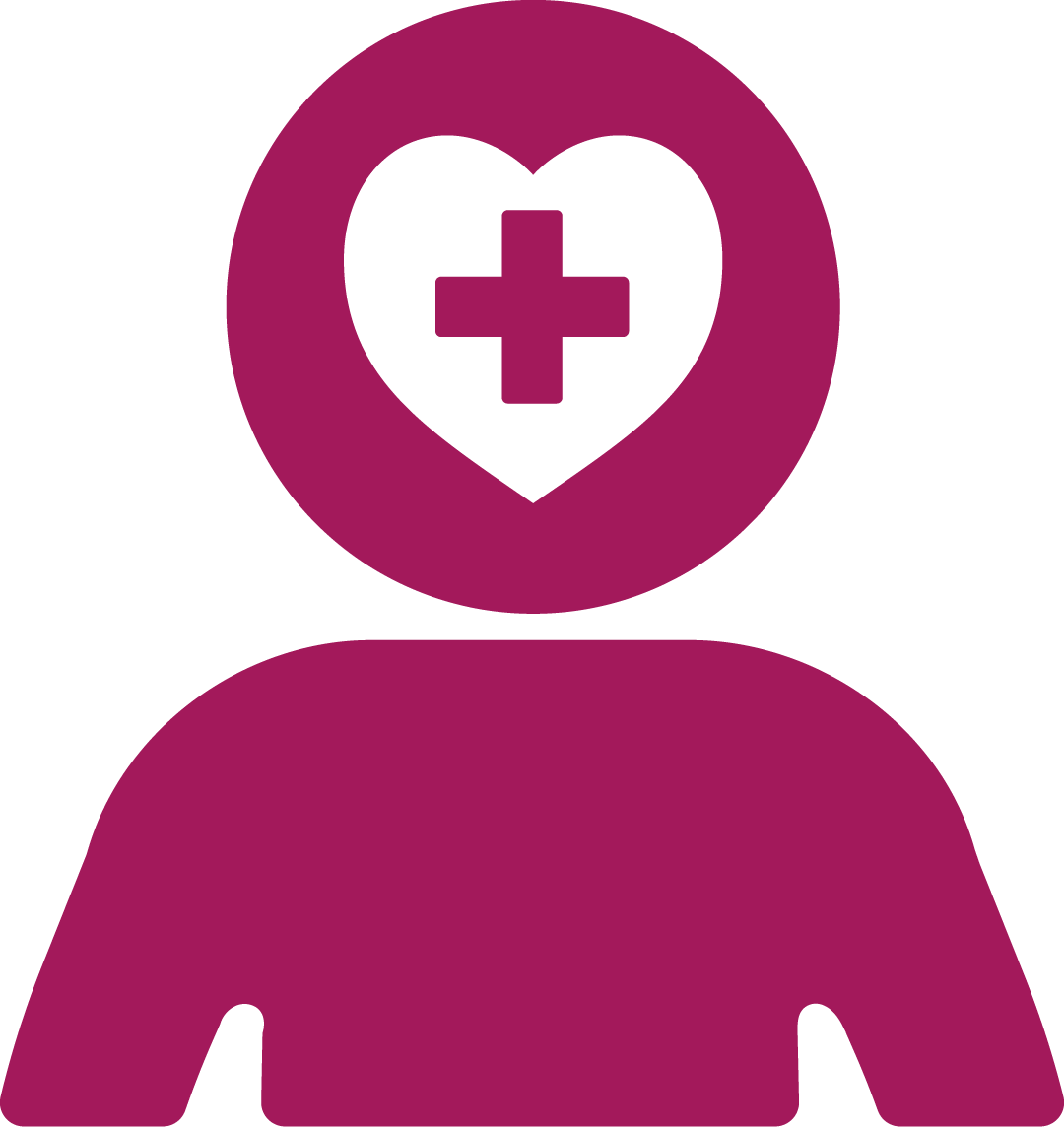 Mental Health & Wellbeing
Mental Health & Wellbeing